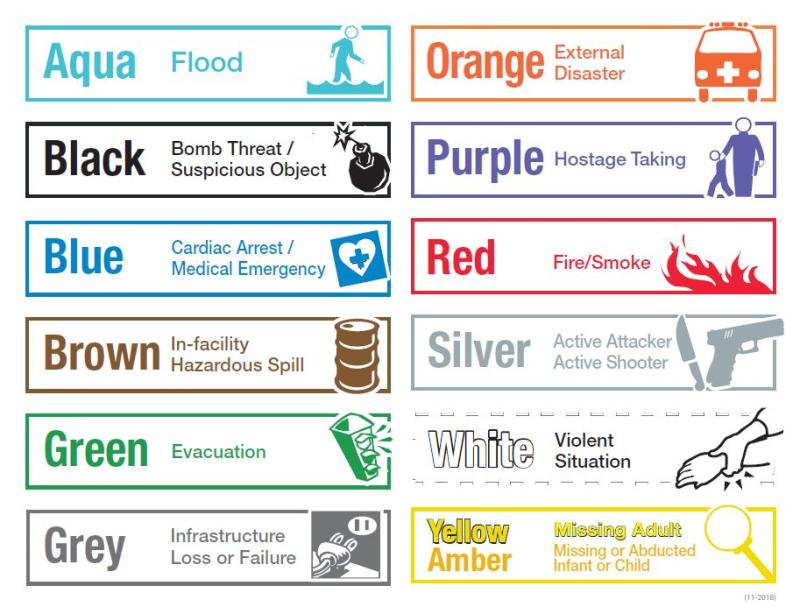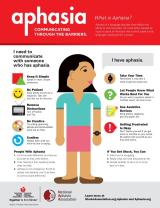What is emergency room coding?
Emergency room coding refers to the process of assigning specific codes to medical services and procedures provided in the emergency room (ER) setting. These codes are part of a standardized system used in medical billing and documentation, known as medical coding. The primary coding systems used for this purpose are the Current Procedural Terminology (CPT) and the International Classification of Diseases, 10th Edition (ICD-10).
Here's an overview of these coding systems and how they are used in emergency room coding:
CPT Codes:
- CPT codes, developed by the American Medical Association (AMA), are a set of numeric codes that represent medical services and procedures. In the context of emergency room coding, CPT codes are used to identify and bill for specific treatments, examinations, and interventions provided in the ER.
ICD-10 Codes:
- ICD-10 codes, developed by the World Health Organization (WHO), are alphanumeric codes used to classify and code various diagnoses, symptoms, and procedures. In emergency room coding, ICD-10 codes are utilized to document and bill for the specific medical conditions and diagnoses treated in the ER.
Documentation and Accuracy:
- Accurate and detailed documentation of the patient's medical condition and the services provided is crucial for emergency room coding. Healthcare professionals, including physicians, nurses, and other staff, need to record pertinent information about the patient's symptoms, examinations, tests, and treatments.
Level of Care:
- Emergency room coding also involves assigning a level of care code to reflect the intensity of services provided during the ER visit. The level of care is often categorized into different levels, such as Level 1 (minor) to Level 5 (critical or intensive).
Compliance with Regulations:
- Proper coding in the emergency room is essential for compliance with healthcare regulations and billing requirements. It ensures that healthcare providers receive accurate reimbursement for the services they deliver.
Reimbursement and Billing:
- Once the emergency room coding is complete, the coded information is used for billing purposes. Insurance companies, Medicare, and other payers use these codes to determine the reimbursement amounts for the medical services provided in the ER.
Emergency room coding requires a thorough understanding of medical terminology, coding guidelines, and the specific services offered in an emergency room setting. Certified professional coders, often employed by healthcare facilities or billing companies, play a key role in ensuring accurate and compliant coding for emergency room services.
Decoding medical procedures: What is emergency room coding?
In the fast-paced and critical environment of emergency rooms (ERs), medical professionals employ a unique coding system to accurately record patient encounters and treatment interventions. This system, known as emergency room coding, plays a crucial role in ensuring efficient patient care, facilitating communication among healthcare providers, and enabling accurate billing and reimbursement for services rendered.
The role of codes: How emergency room coding impacts healthcare operations.
Emergency room coding serves several critical purposes within the healthcare landscape:
Standardization of care: Emergency room codes provide a standardized language for documenting patient conditions, procedures performed, and diagnoses, ensuring consistency and clarity in medical records.
Accurate resource allocation: Emergency room coding data informs resource allocation decisions, enabling hospitals to effectively allocate staff, equipment, and supplies based on patient needs.
Quality assurance: Emergency room coding data is used to measure and monitor the quality of care provided, identifying areas for improvement and ensuring patient safety.
Research and innovation: Emergency room coding data fuels research and innovation in healthcare, providing insights into disease patterns, treatment efficacy, and patient outcomes.
Accuracy matters: Ensuring precision in emergency room coding practices.
Accuracy is paramount in emergency room coding, as it directly impacts patient care, resource allocation, and billing practices. Several factors contribute to accurate coding:
Thorough documentation: Complete and accurate documentation of patient history, physical examination findings, diagnostic tests, and treatment interventions is essential for accurate coding.
Continuous training: Medical professionals involved in emergency room coding must undergo ongoing training to stay up-to-date with the latest coding guidelines and practices.
Effective coding software: Utilizing sophisticated coding software can help to automate certain aspects of the coding process, reducing errors and improving efficiency.
Continuous improvement: Evolving trends in emergency room coding.
The field of emergency room coding is constantly evolving to adapt to changing healthcare practices and technological advancements. Key trends include:
Adoption of electronic health records (EHRs): EHRs have revolutionized medical record-keeping, facilitating accurate and timely coding.
Integration of artificial intelligence (AI): AI is being explored to automate certain coding tasks and improve coding accuracy.
Utilization of risk adjustment models: Risk adjustment models incorporate patient-specific factors to ensure accurate billing and reimbursement for emergency room services.
Challenges and solutions: Navigating complexities in emergency room coding.
Despite its importance, emergency room coding faces several challenges:
Complexity of coding systems: The coding system for emergency room services is complex and ever-changing, requiring ongoing training and expertise to apply accurately.
Time constraints: The fast-paced environment of the ER can make it difficult for medical professionals to dedicate the time required for thorough documentation and accurate coding.
Varied interpretations: Coding guidelines can be interpreted differently among medical professionals, leading to inconsistencies in coding practices.
Solutions to address these challenges include:
Streamlined coding processes: Simplifying coding processes and leveraging technology can improve coding efficiency and accuracy.
Enhanced training programs: Providing comprehensive and ongoing training programs can equip medical professionals with the necessary skills for accurate coding.
Standardized coding guidelines: Establishing clear and consistent coding guidelines can minimize variations in interpretation and promote accuracy.
In conclusion, emergency room coding plays a vital role in ensuring efficient patient care, effective healthcare operations, and accurate billing practices. By embracing technological advancements, fostering continuous improvement, and addressing the challenges faced, the field of emergency room coding can continue to contribute to the delivery of high-quality healthcare.












